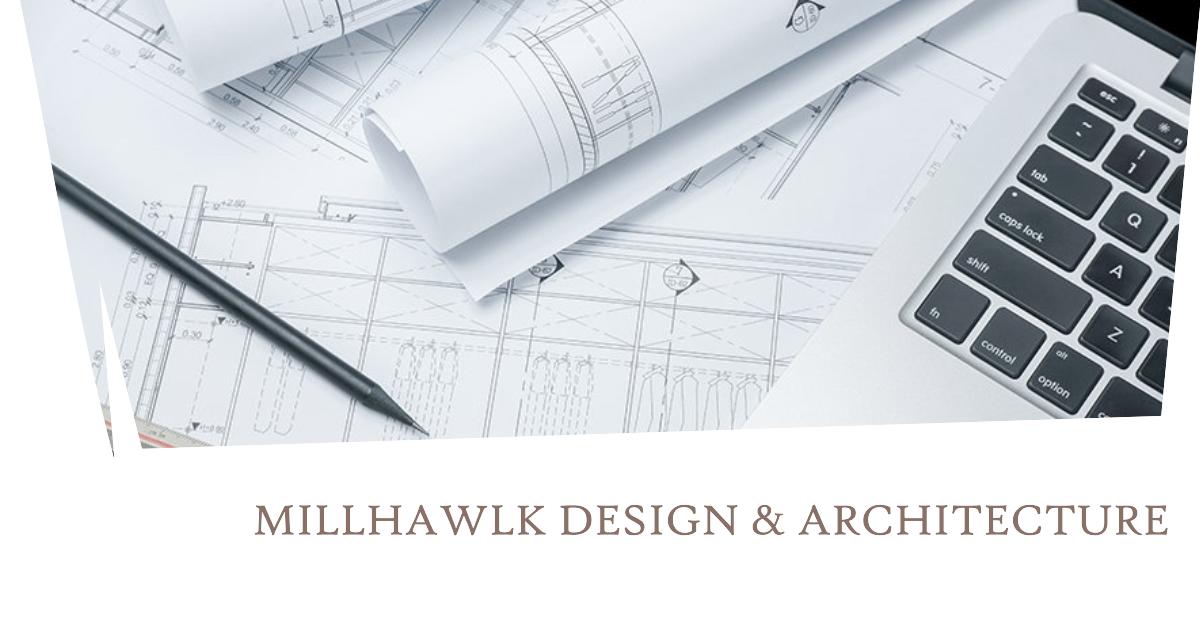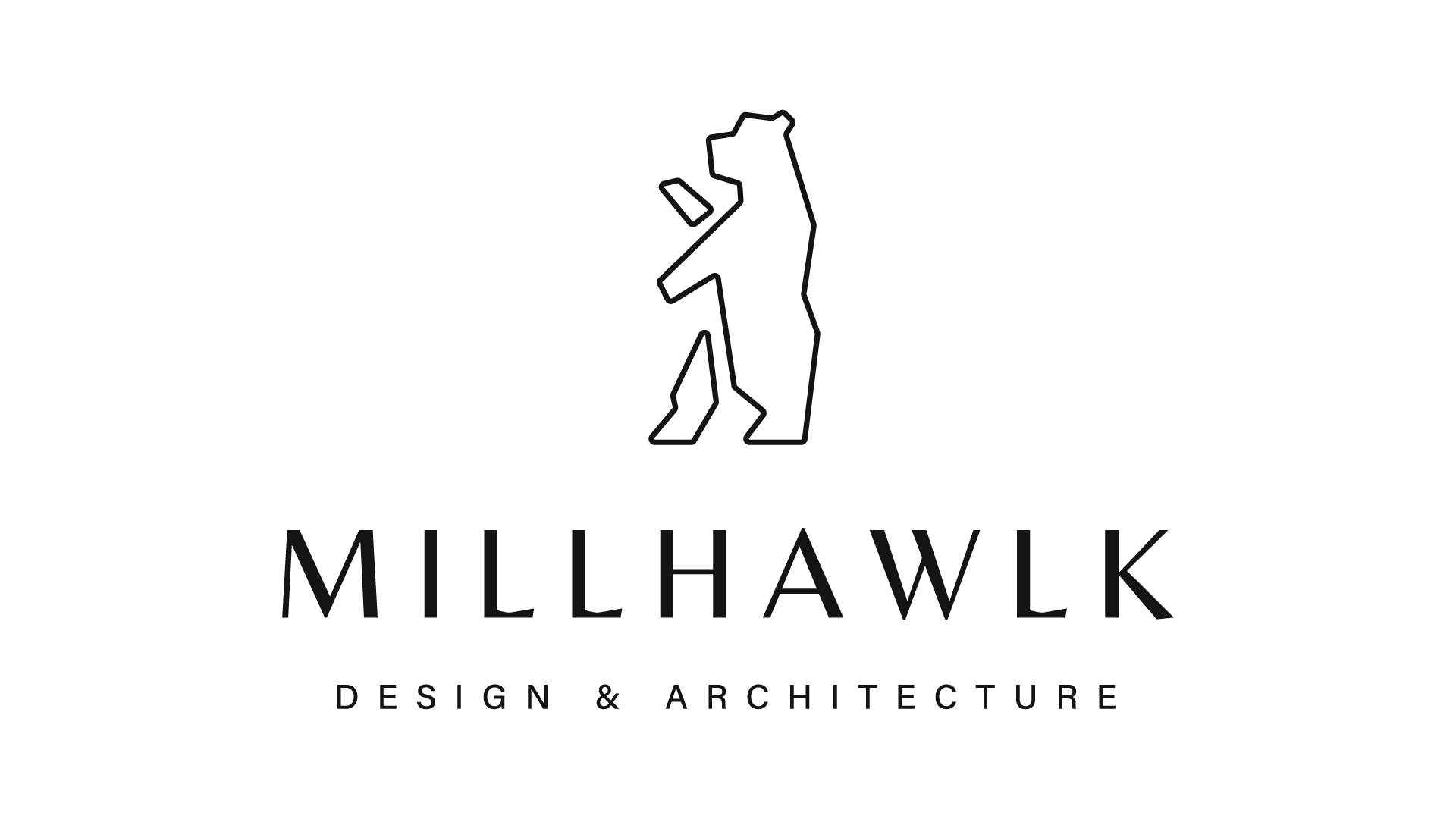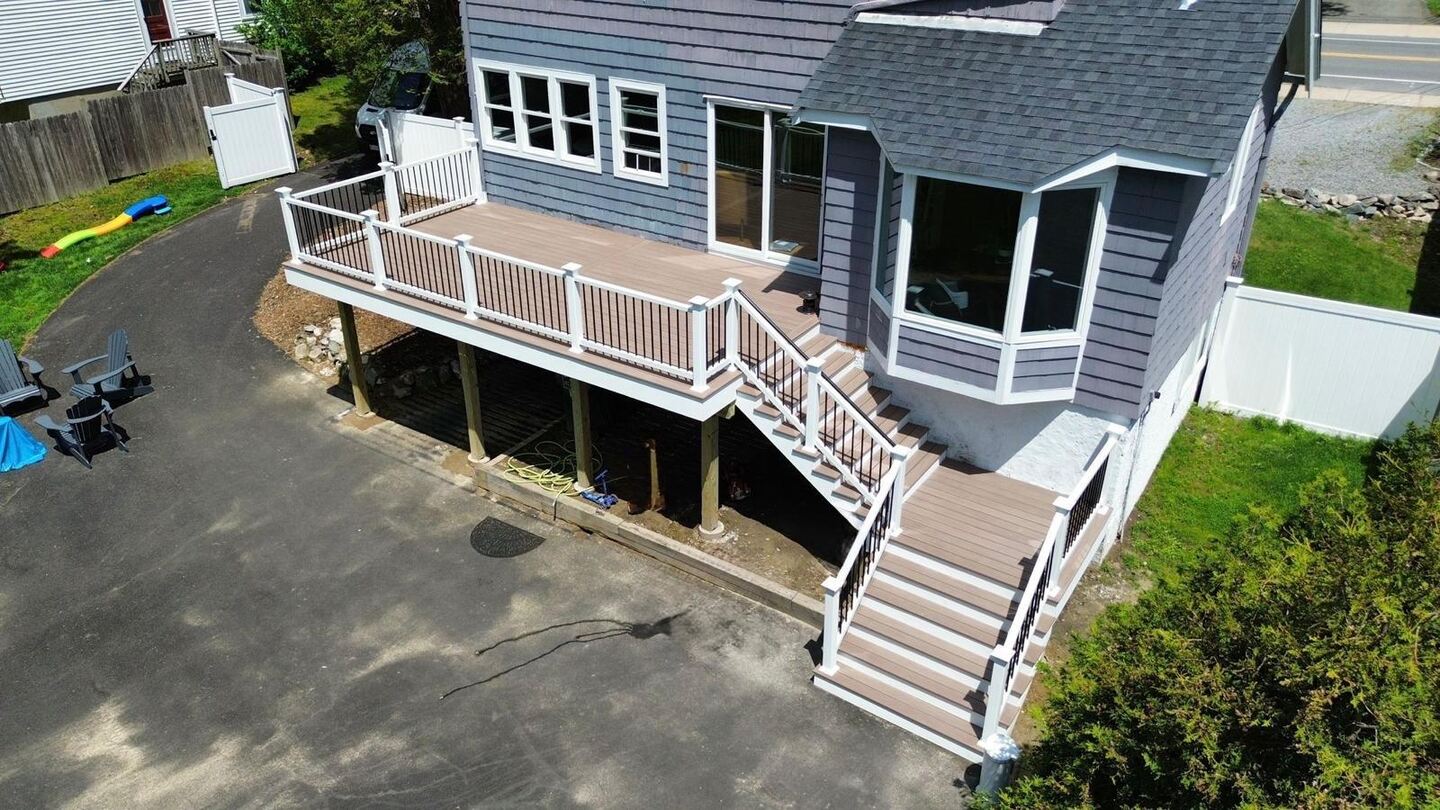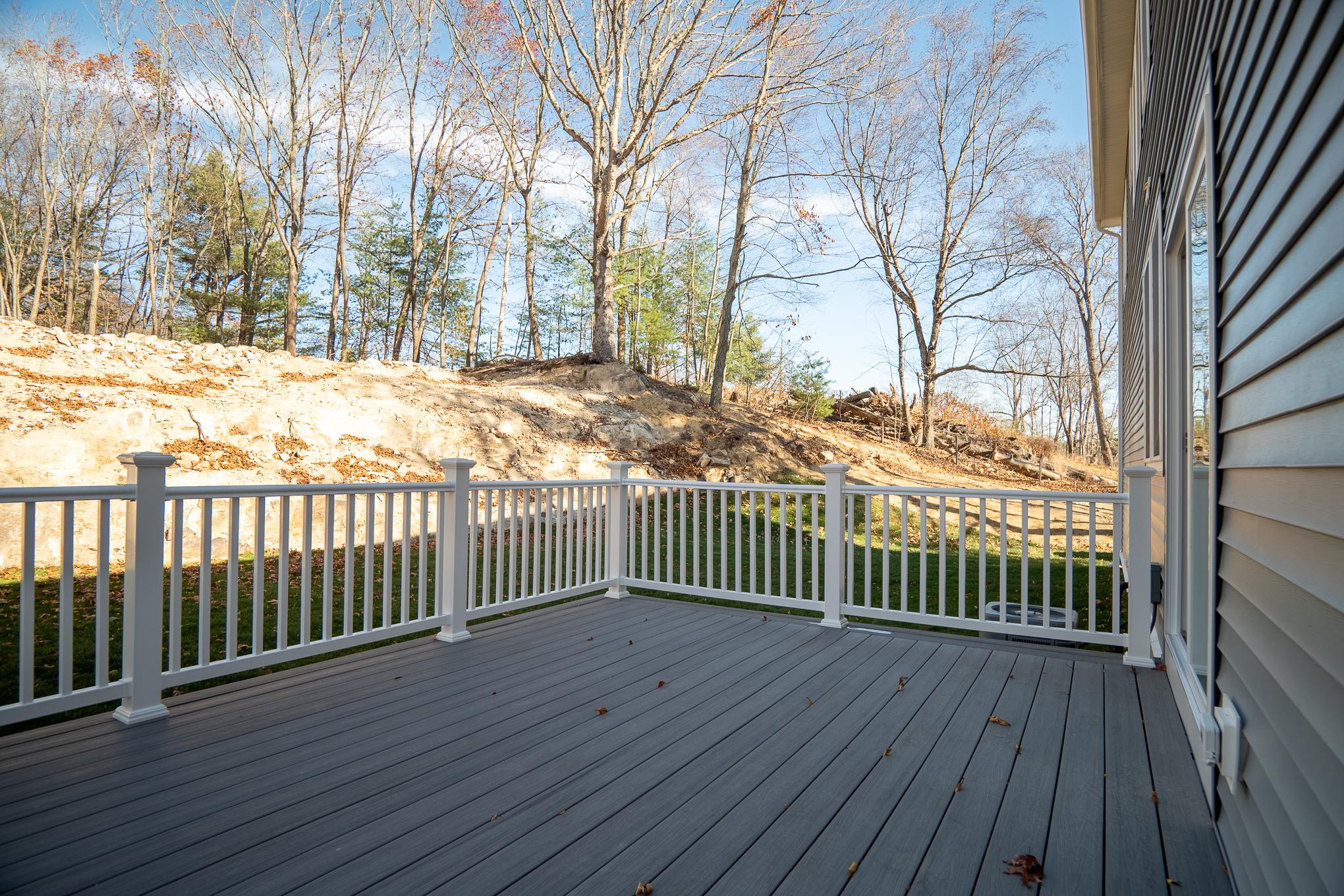What is Polished Concrete in architecture?
Polished concrete in architecture refers to the process of grinding and polishing a concrete surface to achieve a smooth and glossy finish. This technique is often used in modern architectural designs to create a sleek and contemporary look.
Benefits of Polished Concrete in architecture
One of the main benefits of using polished concrete in architecture is its durability. Polished concrete is resistant to wear and tear, making it a long-lasting flooring option for high-traffic areas. Additionally, polished concrete is easy to maintain and clean, making it a practical choice for commercial and residential spaces.
Applications of Polished Concrete in architecture
Polished concrete can be used in a variety of architectural applications, including floors, countertops, and walls. In commercial settings, polished concrete is often used in retail stores, restaurants, and office buildings to create a modern and sophisticated look. In residential settings, polished concrete is a popular choice for modern homes and apartments.
Design options for Polished Concrete in architecture
One of the advantages of using polished concrete in architecture is the ability to customize the design. Polished concrete can be dyed or stained in a variety of colors to match the aesthetic of the space. Additionally, decorative patterns and designs can be added to the surface of the concrete to create a unique and personalized look.
Maintenance of Polished Concrete in architecture
To maintain the appearance of polished concrete in architecture, regular cleaning and maintenance are essential. Sweeping and mopping the surface regularly can help prevent dirt and debris from scratching the finish. Additionally, applying a sealant to the surface can help protect the concrete from stains and damage.
Cost of Polished Concrete in architecture
The cost of using polished concrete in architecture can vary depending on the size of the project and the design options chosen. In general, polished concrete is a cost-effective flooring option compared to other materials such as hardwood or tile. Additionally, the long-term durability of polished concrete can help save money on maintenance and replacement costs.
Environmental benefits of Polished Concrete in architecture
Polished concrete is considered a sustainable building material because it is made from natural materials such as sand, gravel, and water. Additionally, the process of polishing concrete does not require the use of harsh chemicals or adhesives, making it an environmentally friendly choice for architectural projects.
Conclusion
In conclusion, polished concrete is a versatile and durable building material that offers a range of design options for architectural projects. From its sleek and modern appearance to its cost-effective and sustainable qualities, polished concrete is a popular choice for architects and designers looking to create contemporary spaces.




